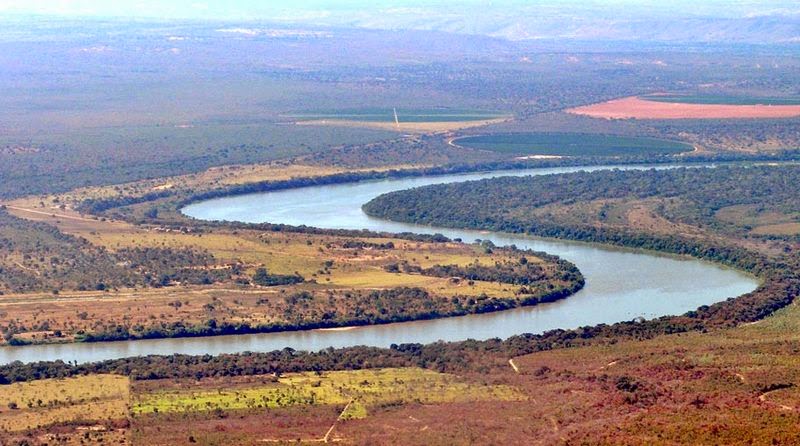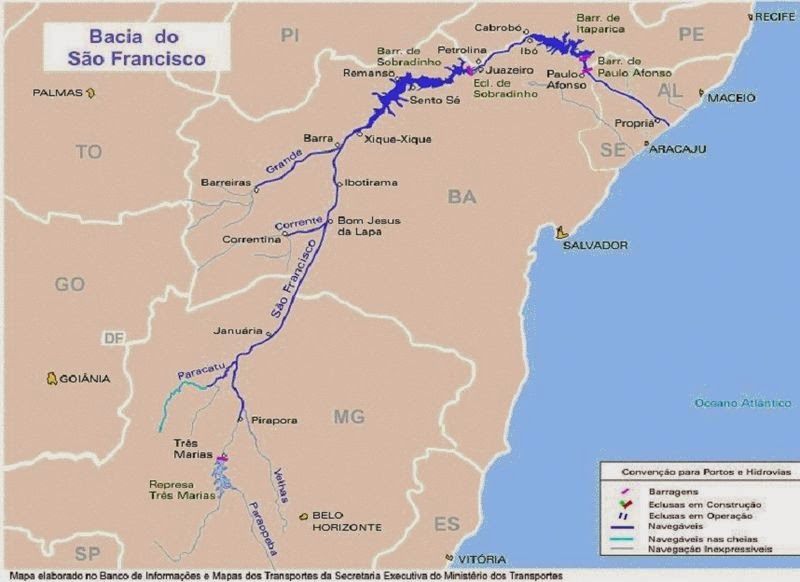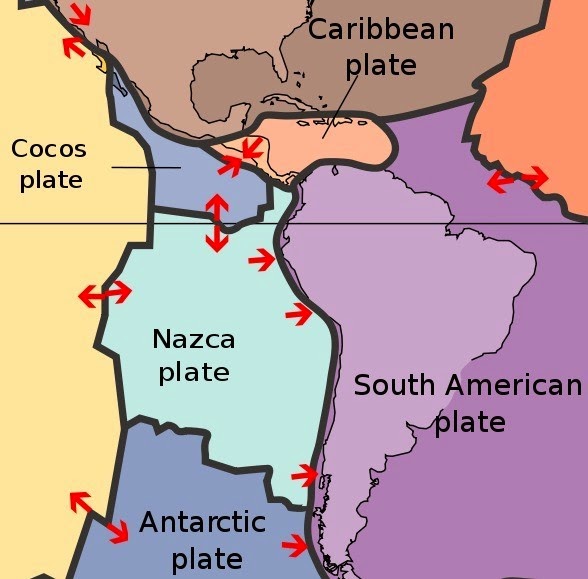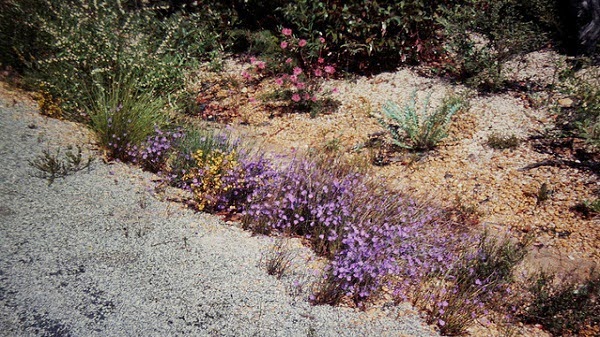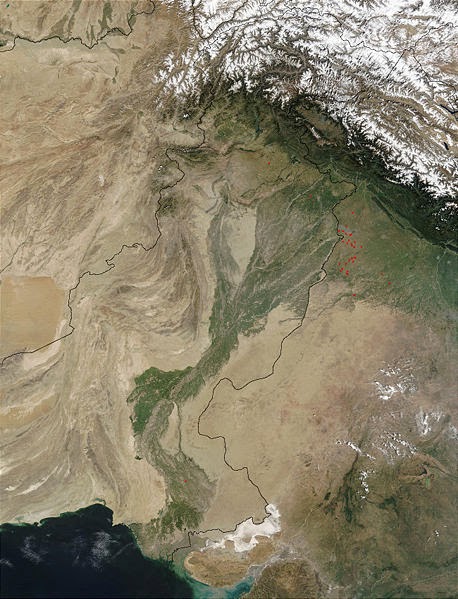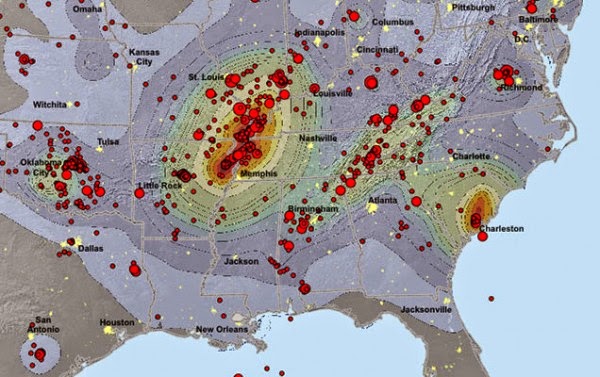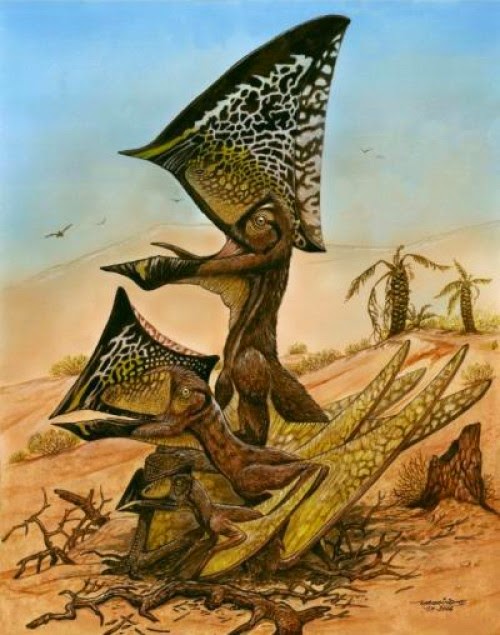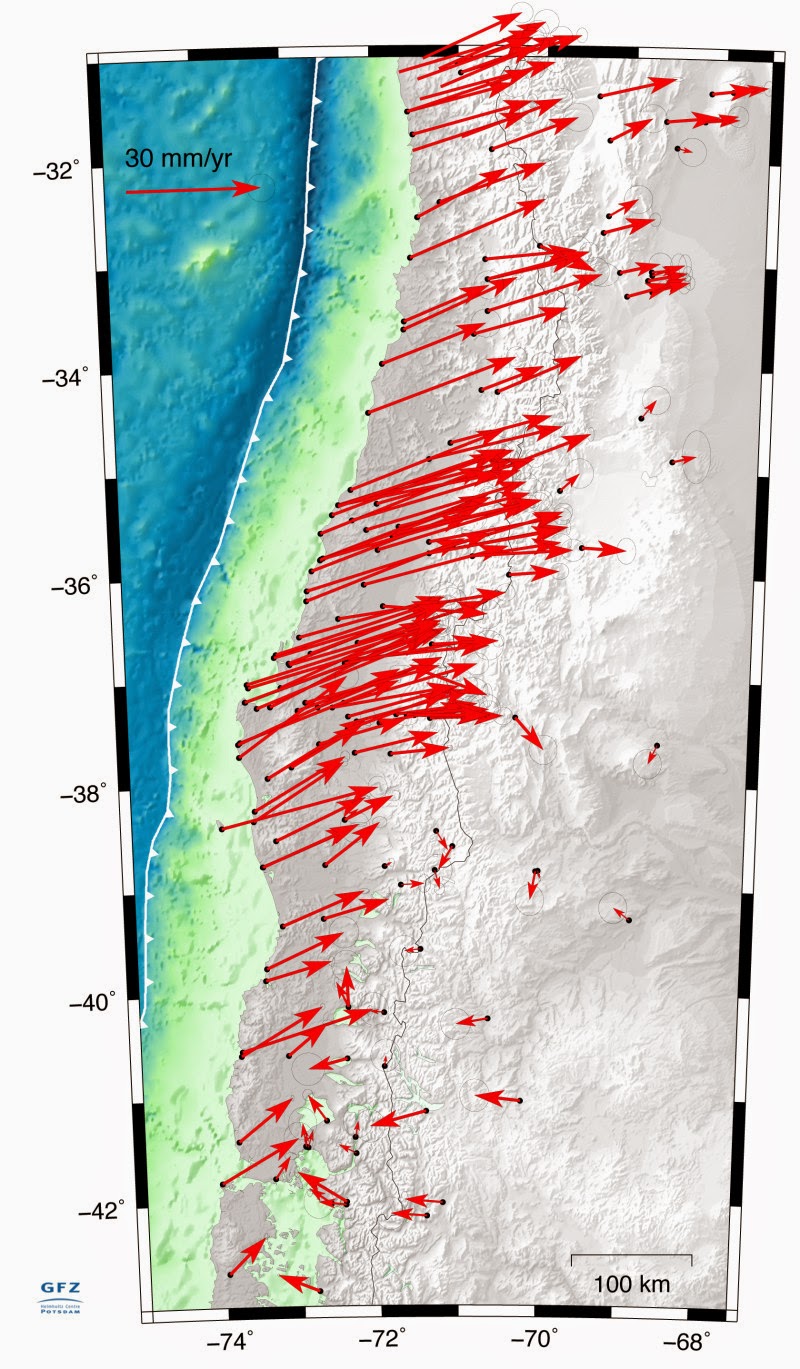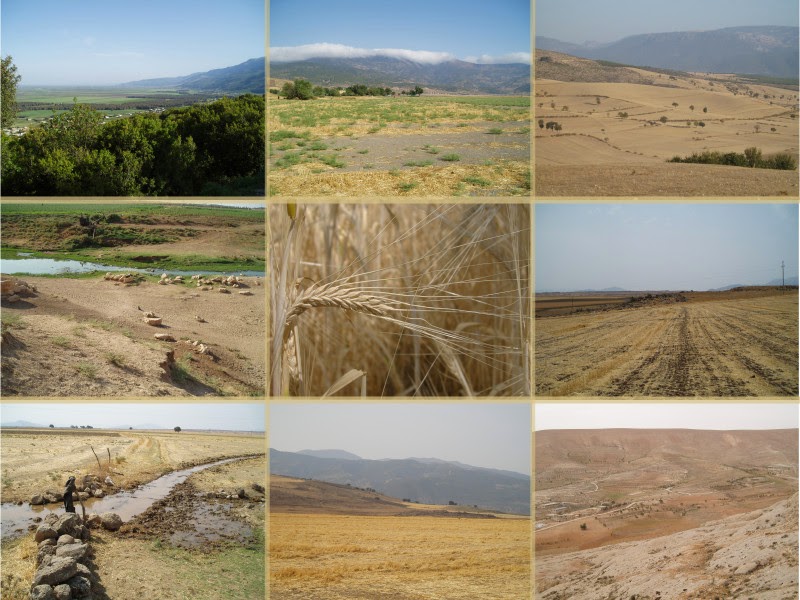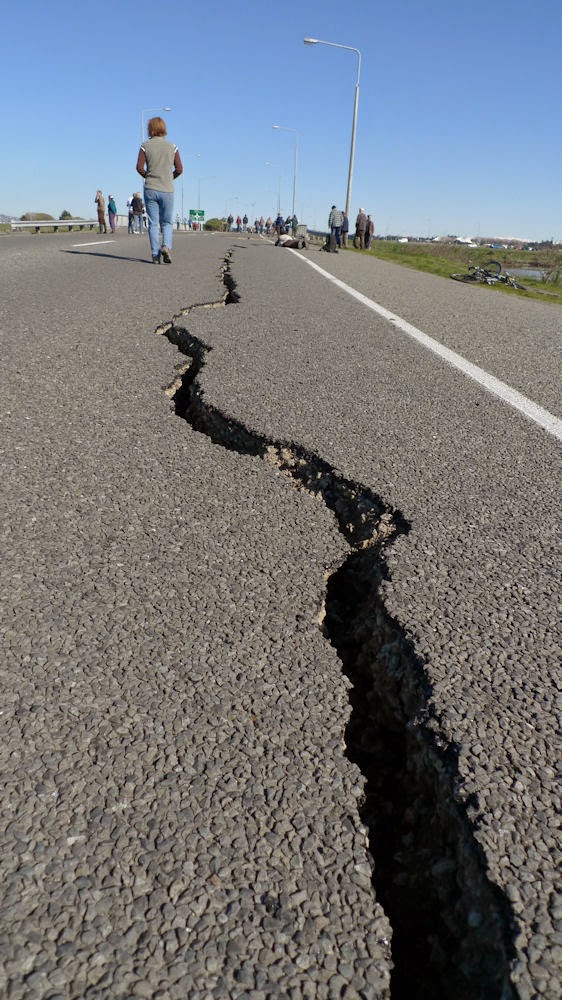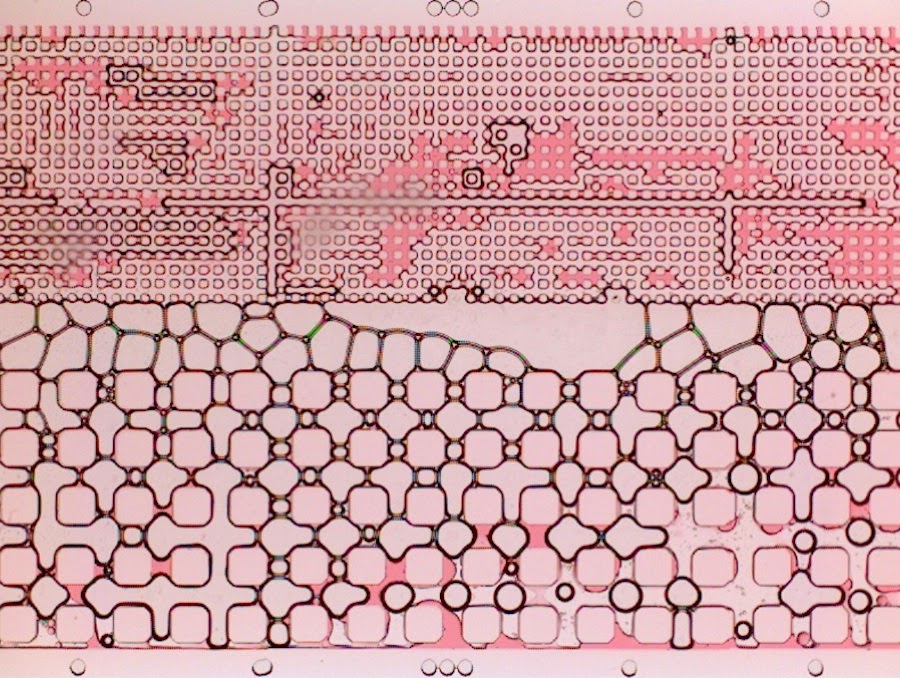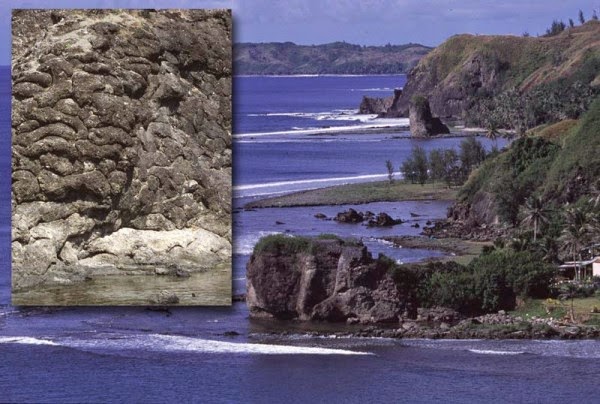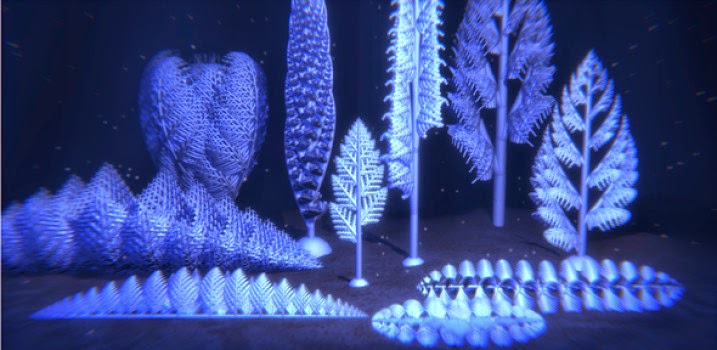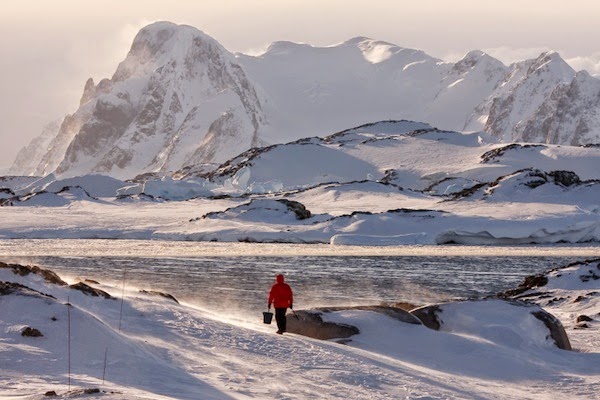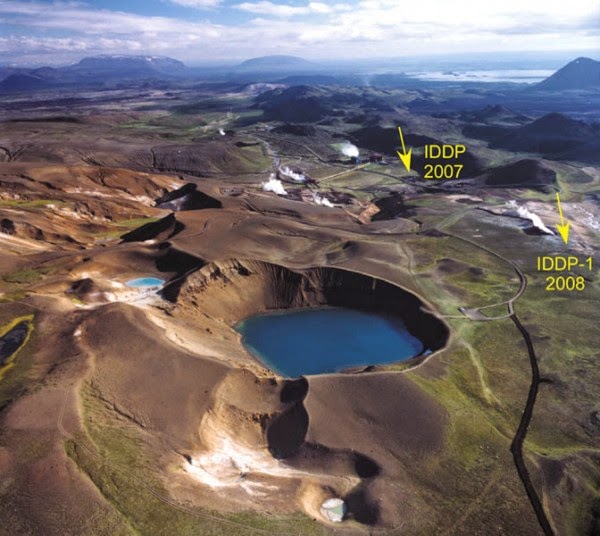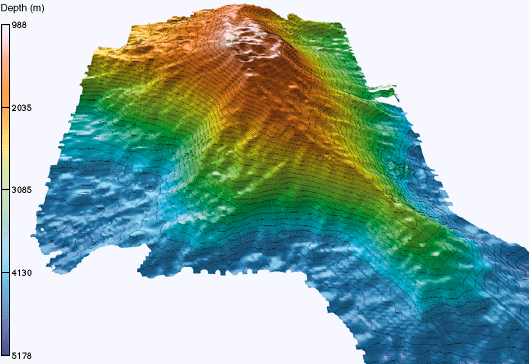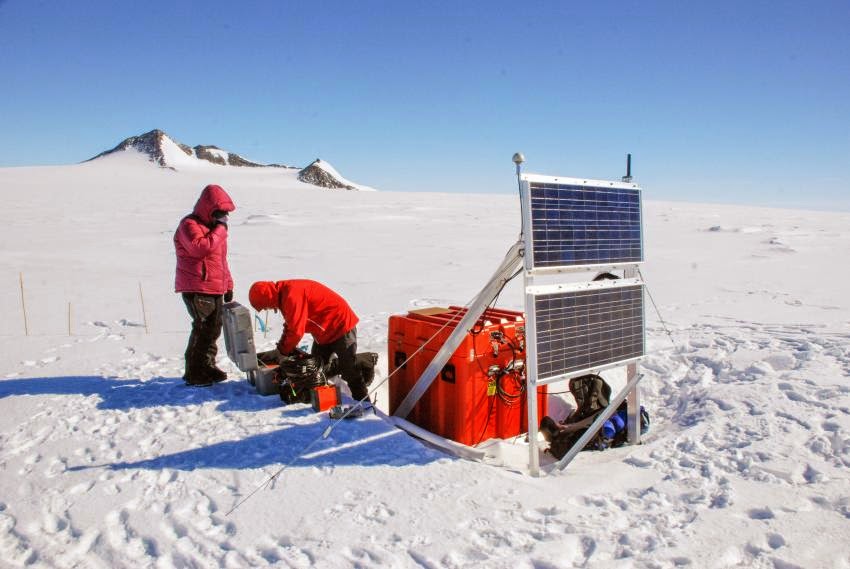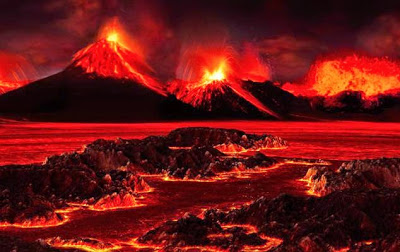
The worst mass extinction the Earth has ever seen occurred 252 million years ago. The boundary of the Permian and Triassic geological periods marked the demise of around 90 percent of marine species and 70 percent of land species.
Solving the intricate puzzles of mass extinctions is vital when it comes to understanding the external factors that could hinder life on other planets. Several theories have been proposed to explain this mass extinction, but scientists believe that the most likely trigger for this mass extinction was one of the largest volcanic eruptions ever recorded.
A paper by Qinglai Feng and Thomas Algeo entitled “Evolution of oceanic redox conditions during the Permo-Triassic transition: Evidence from deepwater radiolarian facies,” recently accepted in the journal Earth-Science Reviews details how tiny marine plankton known as radiolarians are shedding light on the sequence of events that led to this mass extinction.
In this scenario, a mantle plume rose from deep within the Earth and burst through the crust at Siberia. It didn’t just form one volcano, rather it was an event known as a flood basalt eruption. Lava poured from fissures over an area the size of Europe and this period of volcanic activity lasted between one and two million years. Today this area is known as the Siberian Traps.
Depletion of oxygen in the oceans
The gases and ash that spewed out caused catastrophic changes to the environment by initiating a greenhouse effect. The extra carbon dioxide, methane and water vapor in the atmosphere retained more radiation from the Sun, and global temperatures rose by between 10 to 15 degrees Celsius (18 to 27 degrees Fahrenheit). This increase in temperature ultimately caused the oxygen levels in the oceans to become dangerously low, a condition known as anoxia. There are several factors that contributed to the widespread ocean anoxia that exterminated so many species during the transition from the Permian to the Triassic.
The rising temperatures were a major factor as oxygen becomes less soluble in water as temperatures increase. The increased heat also warmed the surface waters more than usual. As warmer water is lower in density than cold water, the density difference between the deep layers and the surface increased. This hindered the layers of water from mixing, and thus contributed to the depletion in oxygen.
In the atmosphere, the volcanic gases mixed with water to form acid rain, which decimated forests and left the soil with no roots to keep it in place. Intensified weathering then washed this soil, along with extra nutrients, into the ocean. The additional nutrients in the water encouraged the growth of algae, which increased the amount of organic matter that sank into the ocean depths. The decay process of this organic matter consumed oxygen, and depleted the oxygen faster than it could be replenished.
Radiolarians
Understanding the sequence of events that took place in a mass extinction hundreds of millions of years ago is no easy task. One way to learn how oxygen levels impacted ancient life is to study the fossils of marine plankton known as radiolarians.
Radiolarians are marine plankton that are widespread throughout the oceans and have persisted from the Cambrian period (540 million years ago) to modern times. The distribution of these single-celled floating organisms is controlled by the conditions in the ocean, such as temperature, depth, and the amount of oxygen.
The skeletons of radiolarians are well preserved, even in deep water sediments. Different orders of radiolarians thrive at different depths in the ocean, so they make a good study subject in investigations on how extinctions were related to the depth of the water.
The level of oxygen in the prehistoric oceans can be measured from the mineralogy of the rocks in which the fossils are found. When the radiolarians were abundant during the Permian, the rocks were red in color due to the presence of hematite. Hematite is an iron oxide and an indicator that oxygen was plentiful in the ocean at this time. Later in the Permian, the rocks become gray or black in color. The hematite was replaced with pyrite, which is a mineral deposited in an anoxic environment.
Multiple mass extinctions
The varying diversity of radiolarians found in fossils shows that the mass extinction occurred in several stages. The rocks also showed that anoxic events likely occurred after major ash fall events. Multiple anoxic events were recorded in rocks in different regions around the globe throughout the late Permian and early Triassic. Each event coincided with enhanced extinction rates that resulted in sudden drops in the level of diversity, creating a “stepwise” mass extinction.
Fossils discovered in southern China reveal that the number of shallow water species of radiolarians increased from 85 to 125, known as a species radiation event. The cause of this radiation event is uncertain, but may be due to an increase in the diversity of suitable environments for the radiolarians to thrive.
Soon after this irradiation of species, the first extinction occurred. This was a precursor to the main mass extinction that wiped out most marine species. The number of species of radiolarians found in the Chinese rocks dwindled from 125 to 15. This precursor extinction annihilated species, rather than entire genera, although some of the remaining genera only had one surviving species.
“One characteristic of such volcanic systems is that they tend to have a short ‘lead-in’ time of activity prior to the main eruption, followed by a period of pulsed eruptive activity one to two million years following the main eruption,” says Thomas Algeo. “This pattern seems to fit observations for the Permian-Triassic crisis, and there is increasing evidence of intensification of marine environmental stresses prior to the main extinction event.”
When the main eruption occurred, more species were lost, but this time the extinction rates were also large at the genus level. Anoxia spread through the Panthalassa Ocean that once surrounded the supercontinent of Pangea, as well as the Paleo-Tethys ocean, which was nestled within the C-shaped Pangea. Oxygen was severely depleted at low and intermediate depths, particularly at low latitudes.
Shallow waters were only briefly subjected to anoxic conditions and some shallow waters, particularly those at mid to high latitudes, would have been a refuge for marine life. Evidence for this lies in the fact that radiolarians had a greater survival rate at higher latitudes.
Dead clade walking
After the main extinction at the end of the Permian, the number of radiolarians had been dramatically depleted on a global scale. The widespread anoxia that marked the end of the Permian persisted for a short time after the main extinction, and further anoxic events occurred intermittently for the next two million years. These additional anoxic events meant that the mass extinctions were not yet over for the radiolarians, and more genera disappeared during the early Triassic .Groups that had survived the main mass extinction were then annihilated, a phenomenon known as “dead clade walking.”
Later in the Triassic, oxic conditions returned to the oceans and the radiolarians and other marine species recovered. New groups of radiolarians evolved, and they spread out to reclaim both shallow and deep waters of the oceans.
Note : The above story is based on materials provided by Astrobio.net
This story is republished courtesy of NASA’s Astrobiology Magazine. Explore the Earth and beyond at www.astrobio.net .


